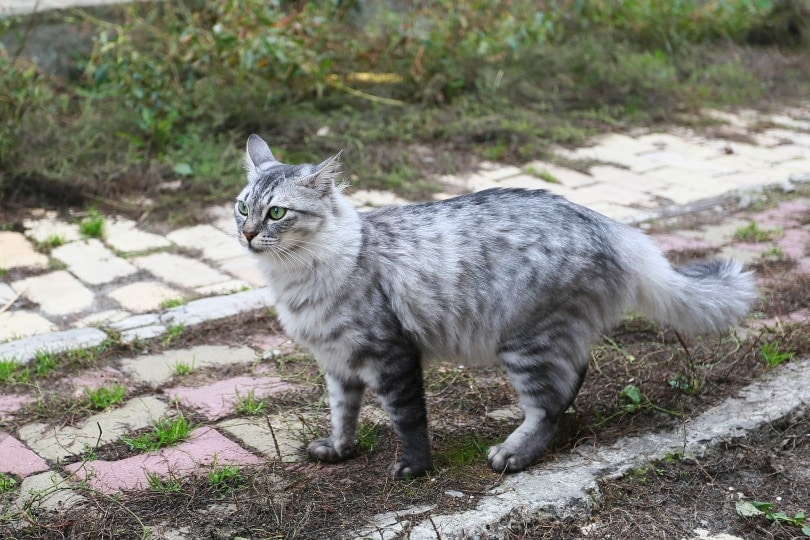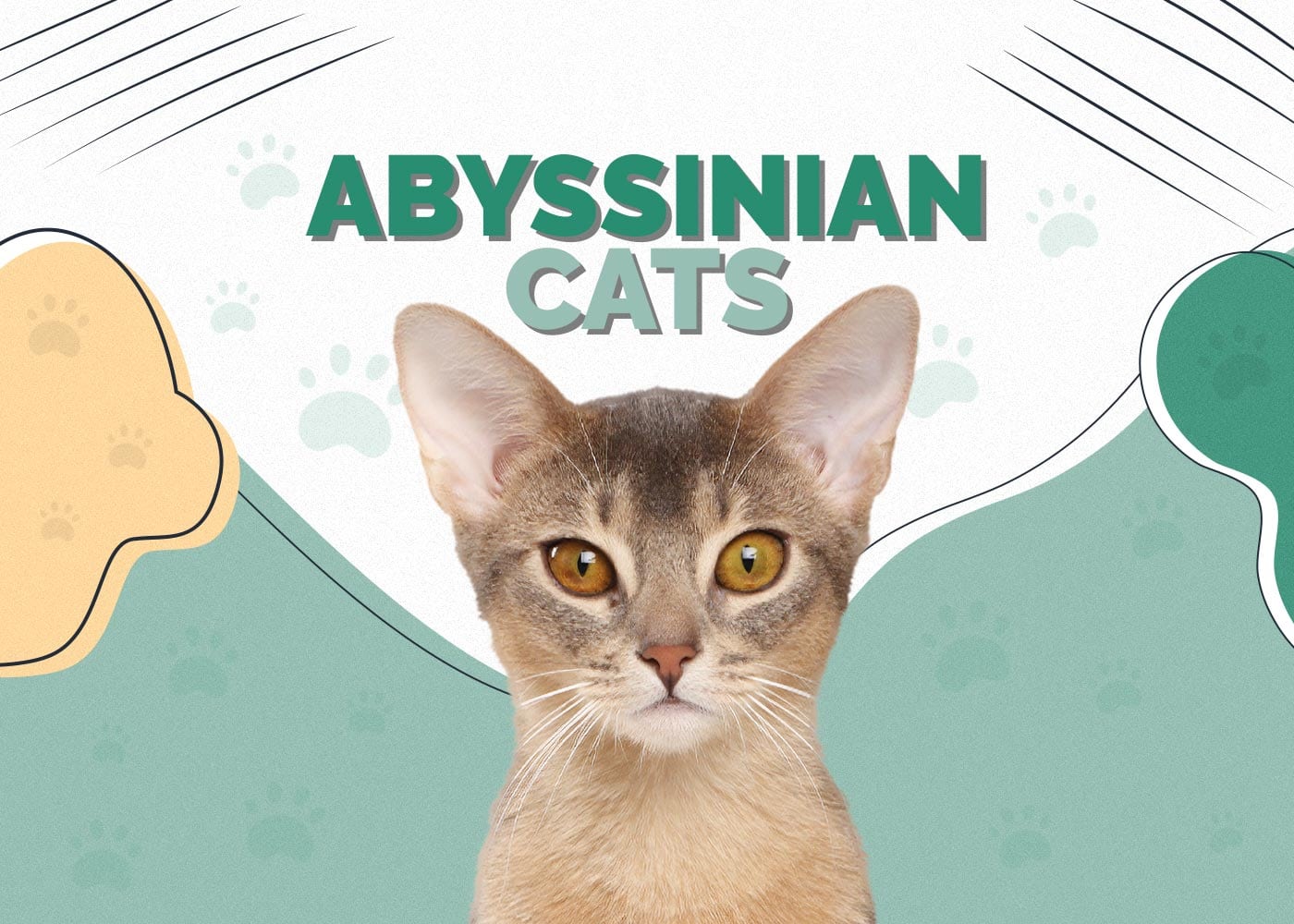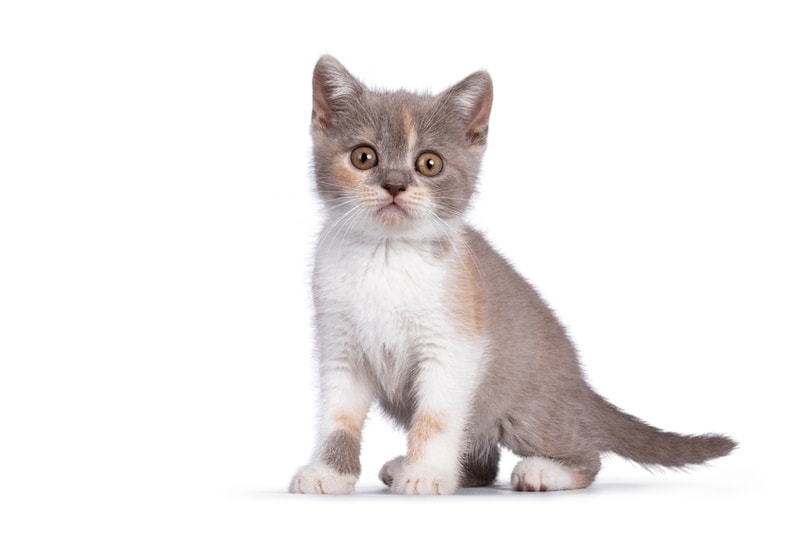11 Worst Cat Breeds for First Time Owners
Updated on
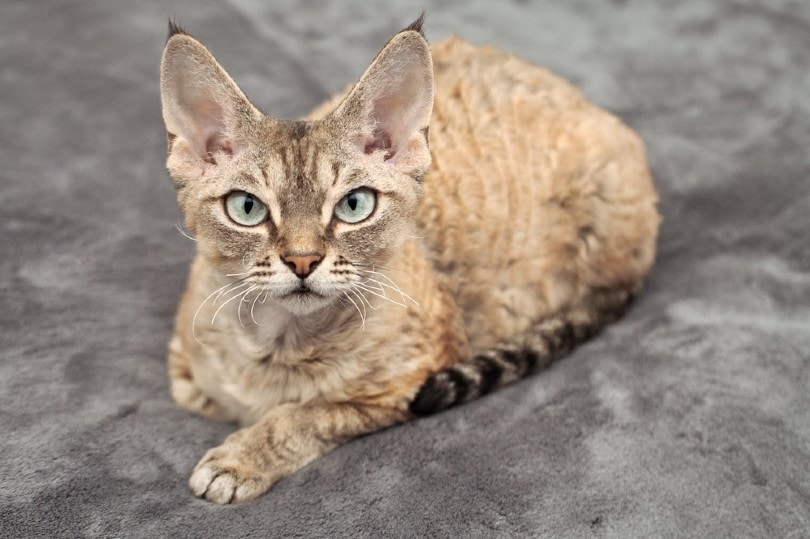
Many people, especially those who have never owned cats, mistakenly believe that cats are just cats and that there are no notable differences between breeds and their temperaments. Anyone who has spent a significant amount of time with cats knows that isn’t the case, however.
Cat breeds can be just as varied as dog breeds, with considerable variations in temperaments and maintenance levels. Below, we’ll discuss some of the worst cat breeds for first-time cat owners!
The 11 Worst Cat Breeds for First Time Owners:
1. Bengal Cat
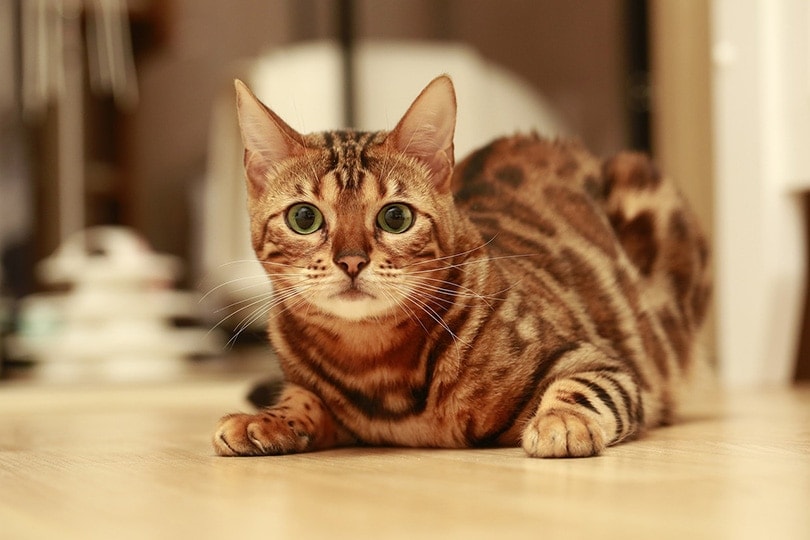
| Temperament: | Playful, affectionate, energetic |
| Lifespan: | 12–16 years |
| Size: | Medium |
The Bengal cat is an exotic and beautiful feline that often catches the eye of just about anyone who sees them. Owning a Bengal cat requires more than admiring the tiny leopard in your home! Bengals are high-energy kitties that require lots of playtime and attention.
They are intelligent, which can make them bored easily, so finding ways to keep a Bengal entertained is necessary to prevent behavioral issues. These cats are not a good pick for beginner cat owners due to their high-maintenance nature and need for exercise and play, not to mention they are dog-like in many of their behaviors.
2. Savannah Cat
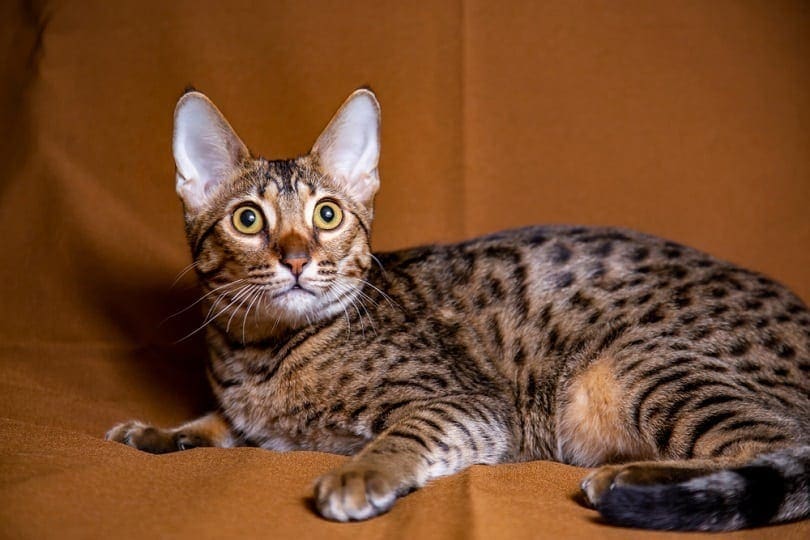
| Temperament: | Adventurous, playful, curious |
| Lifespan: | 15–20 years |
| Size: | Large |
The first consideration with the Savannah cat is that they are not legal to own in all areas due to their close relation to the African Serval. Savannahs are like Bengal cats on steroids, with a larger stature and a wilder personality. The big cats are dog-like in many of their behaviors, often enjoying games of fetch, swimming, and going for walks on a leash.
They are a high-maintenance breed that requires lots of interaction and playtime. They can be stubborn and are problem solvers, making some of them escape artists or adept at getting into places they shouldn’t be. They are trainable cats, but it can be challenging to train them simply due to their strong personalities and stubborn streak.
3. Sphynx Cat
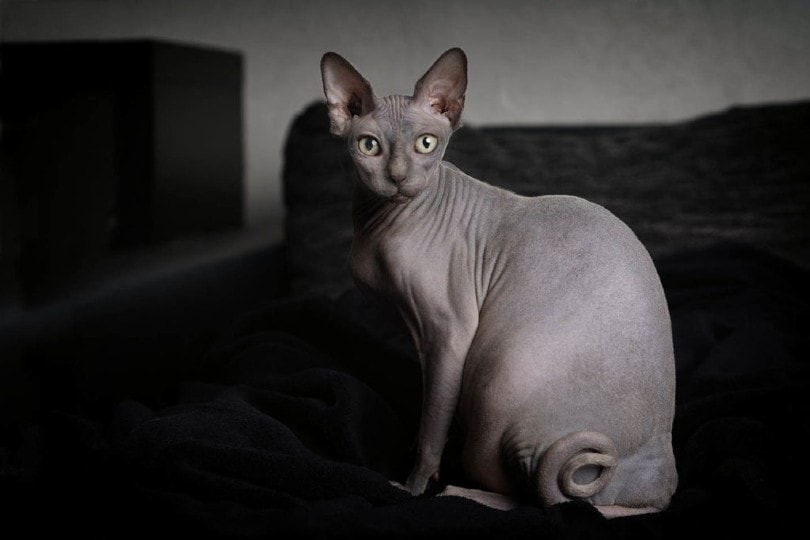
| Temperament: | Outgoing, social, affectionate |
| Lifespan: | 8–15 years |
| Size: | Small to medium |
The Sphynx is a distinctive breed due to their hairless appearance. They are rapidly gaining popularity, thanks to social media posts exhibiting their fun personalities and unique appearance. However, the Sphynx can be a pretty high-maintenance cat. They require regular baths to maintain the health of their skin, but most of them are not any more interested in a bath than the average housecat is.
They are also prone to some severe conditions, including hypertrophic cardiomyopathy (HCM), so it’s essential to understand the potential for veterinary costs associated with them. However, they are loving pets and make excellent companions.
4. Scottish Fold Cat
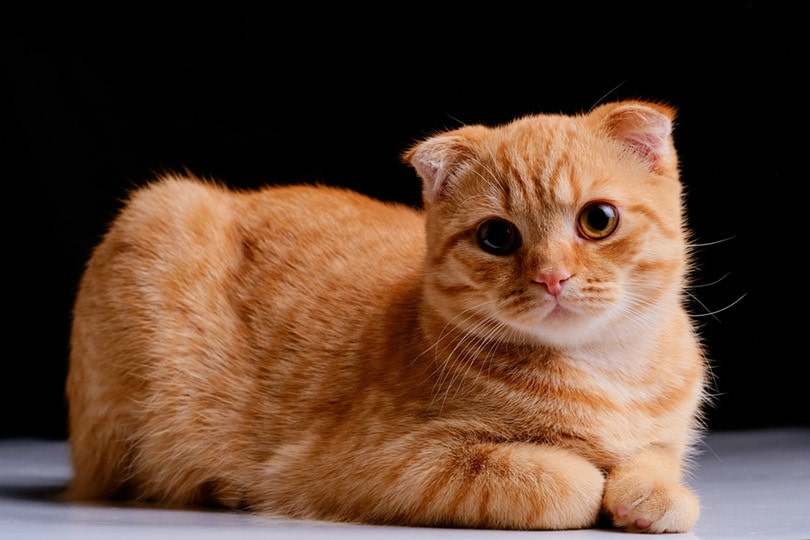
| Temperament: | Social, curious, even-tempered |
| Lifespan: | 11–15 years |
| Size: | Small to medium |
The Scottish Fold is another distinct-looking breed, thanks to their cute, folded ears. They are social and curious cats that enjoy play and attention but are also generally considered even-tempered and are content to have downtime.
However, the biggest downfall of these cats is that they tend to bond with only one or two people, showing extreme preference toward these people and avoiding others. They are unsuitable for homes with other pets and have a low tolerance for the shenanigans of high-energy housemates.
5. Korat Cat
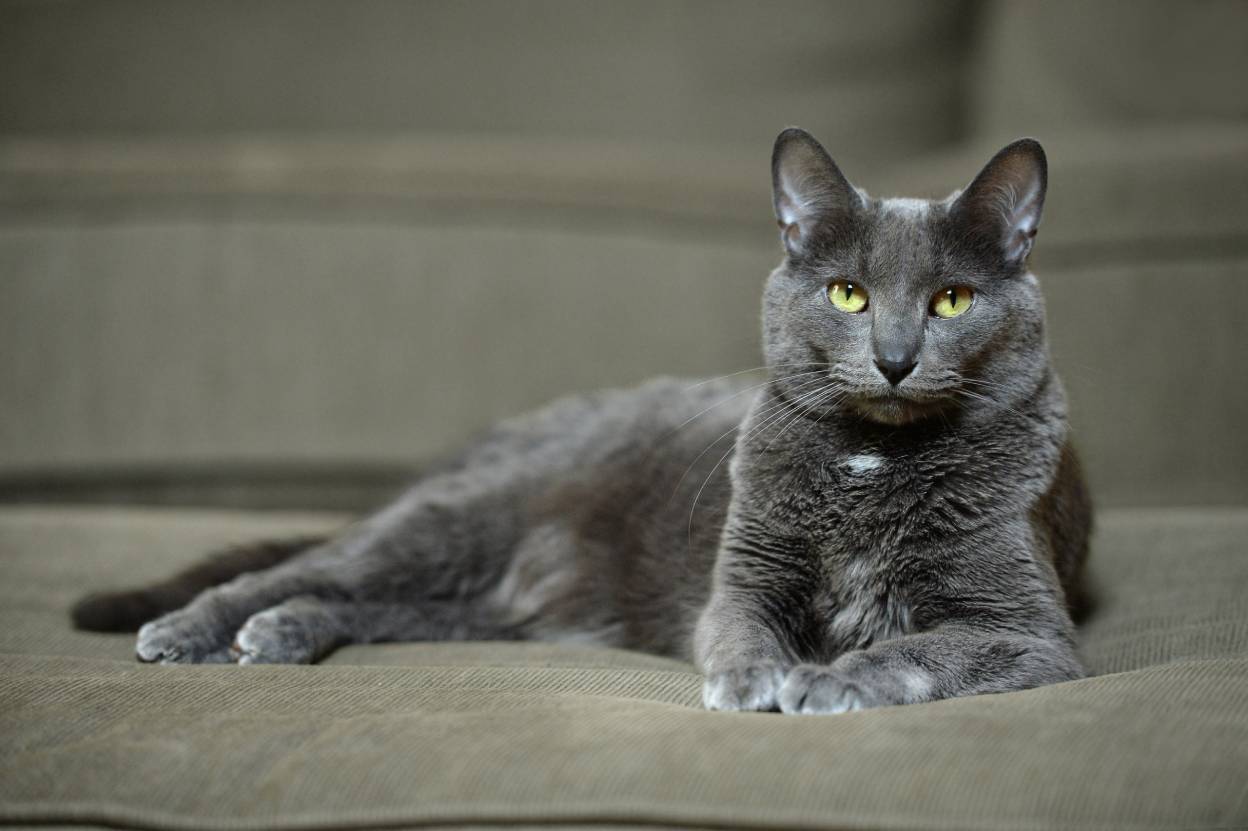
| Temperament: | Laidback, intelligent, loving |
| Lifespan: | 10–15 years |
| Size: | Medium |
The Korat can make a fantastic cat in some homes due to their laidback and loving personality, along with their intelligence and quiet nature. They are committed to their people and love the time and attention of their owners. Korats are unsuitable for homes where people are gone for long periods since they can become stressed and depressed by being left alone.
This makes them relatively high-maintenance. They can be stubborn and not very tolerant of other animals in the home. Overall, the Korat is not a good fit for inexperienced cat owners.
6. Bombay Cat
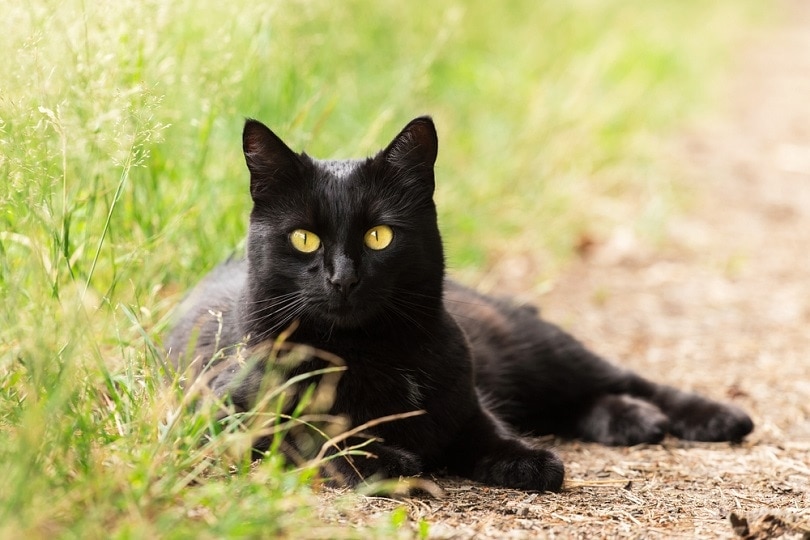
| Temperament: | Active, social, adaptable |
| Lifespan: | 9–15 years |
| Size: | Medium |
The Bombay is a handsome, strong cat that loves climbing and lots of playtime. They are highly social cats that form close bonds with their family and enjoy the company of their people. The biggest downfall of the Bombay is its rough and aggressive play style.
While they are just playing, they can get carried away and may be prone to biting and scratching as part of their play routine. It’s vital for Bombays to have experienced owners who are committed to working with them to establish the proper boundaries.
7. Persian Cat
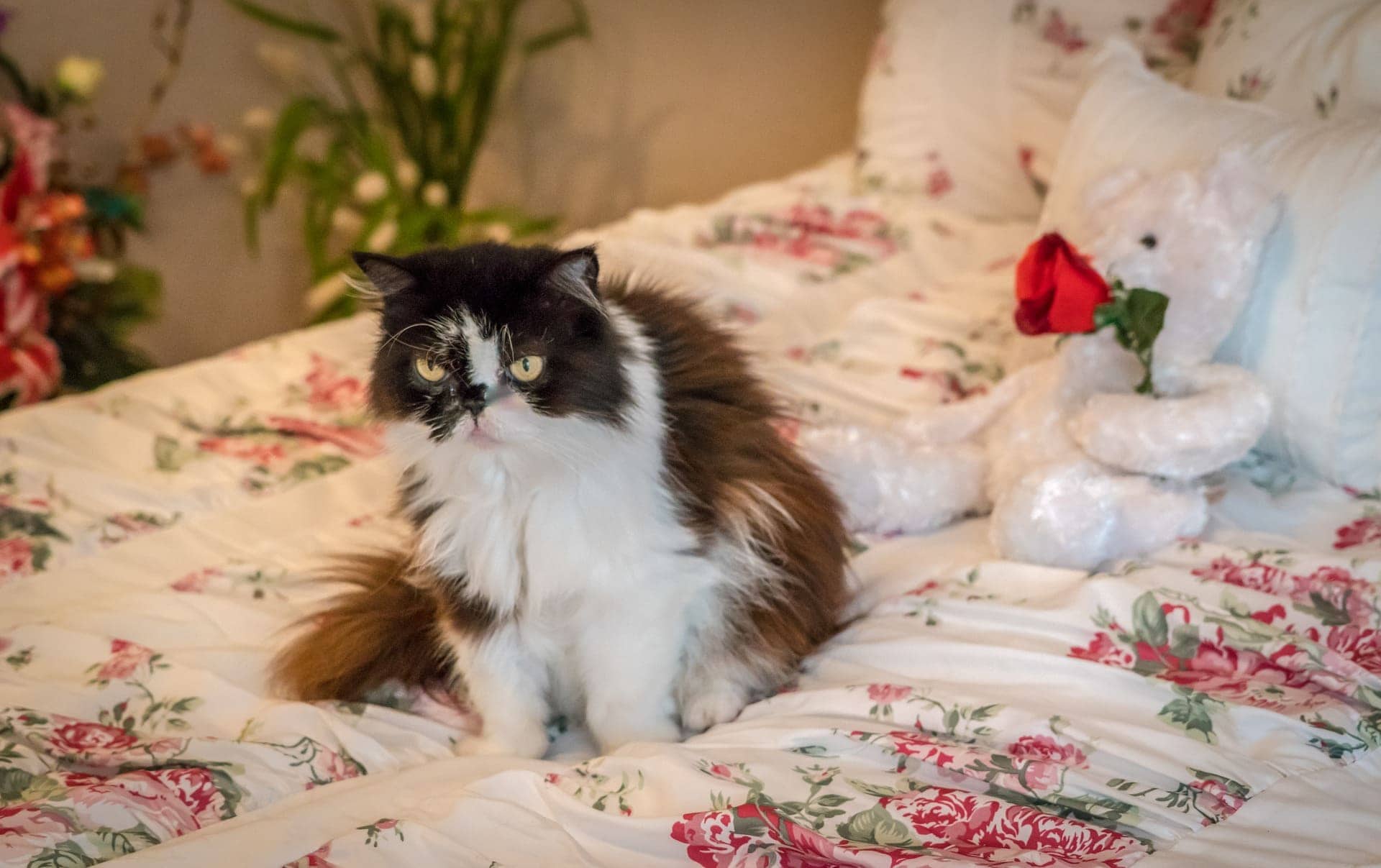
| Temperament: | Sweet, laidback, quiet |
| Lifespan: | 12–17 years |
| Size: | Medium |
The Persian is one of the most popular cats due to their quiet, sweet temperament. They are pretty laid back and are likely to avoid the more active parts of the home. They require quiet places to escape and while they enjoy playing, they are not particularly active cats.
The biggest issue for new cat owners with Persians is their high-maintenance grooming needs. Their dense coat requires daily brushing to prevent mats and skin infections, and their faces require regular cleaning due to their flattened shape.
8. Turkish Van Cat
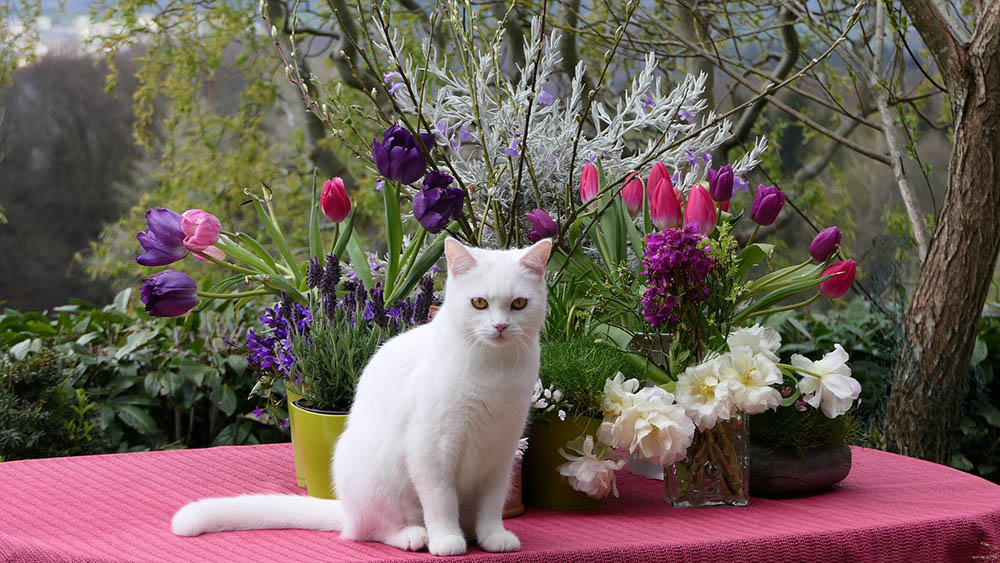
| Temperament: | Playful, active, intelligent |
| Lifespan: | 12–17 years |
| Size: | Medium to large |
The Turkish Van is an uncommon cat known for their fun-loving nature and high level of intelligence. They can be needy and require a lot of attention from their owners. They are social and do not do well when left alone for long periods.
One study put Turkish Vans at the top of the list for aggression toward other animals and people. As time has passed, some of this aggression has been bred out, making them a far more manageable housecat, but they still require plenty of time and attention from their family.
9. Turkish Angora Cat
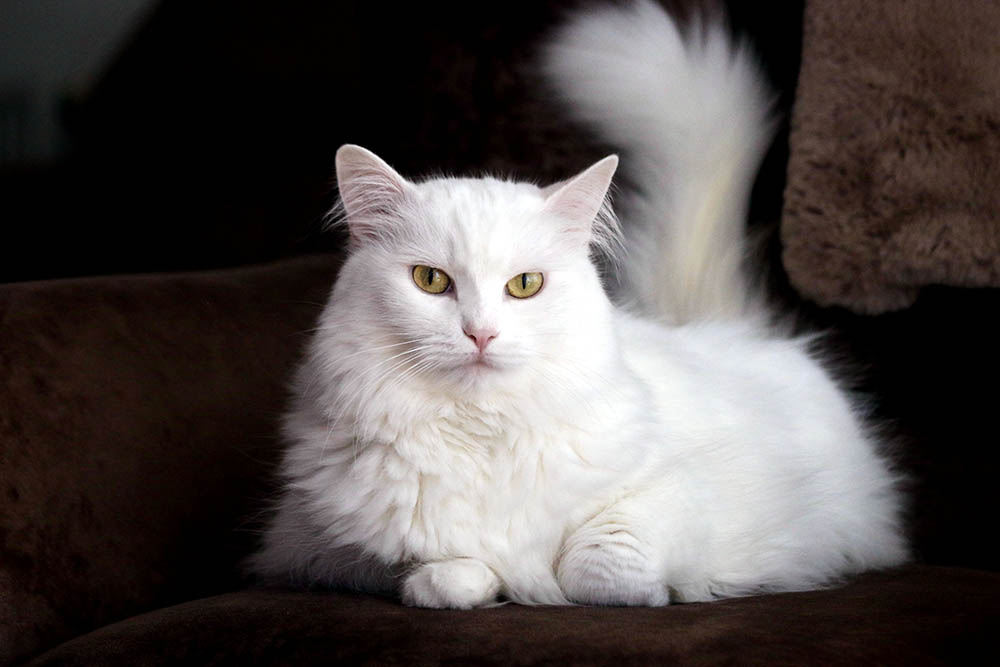
| Temperament: | Mischievous, sweet, loyal |
| Lifespan: | 12–18 years |
| Size: | Small to medium |
The Turkish Angora is another uncommon cat breed you don’t see every day. They are known for their mischievous but loyal and loving nature. They are social with their people and are known as athletic cats that require lots of playtime. They are intelligent and good at solving problems, making them prone to getting into trouble.
Like the Turkish Van, the Turkish Angora ranked high for aggressive tendencies, so proper socialization, training, and boundaries are necessary for this breed. They also require routine brushing to maintain their silky coat.
10. Himalayan Cat
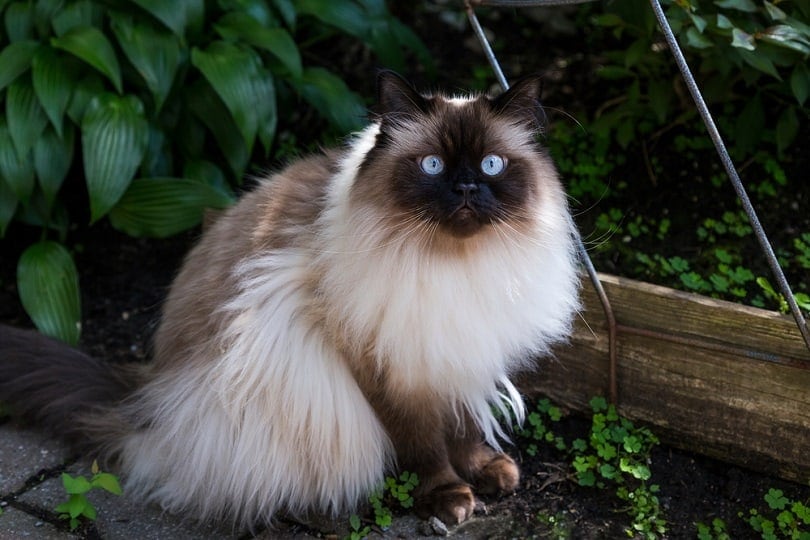
| Temperament: | Affectionate, loyal, friendly |
| Lifespan: | 9–15 years |
| Size: | Medium to large |
The Himalayan is a devoted, loving cat that can be suitable for many homes, especially those where someone is home most of the day. They are quiet cats that enjoy the companionship of their people. The issue with Himalayans that most first-time cat owners are not prepared for is the high level of grooming maintenance required by the breed.
Himalayans have similar needs as Persians, with daily brushing being necessary and routine cleaning of the face and eyes due to their flat faces.
11. Devon Rex Cat
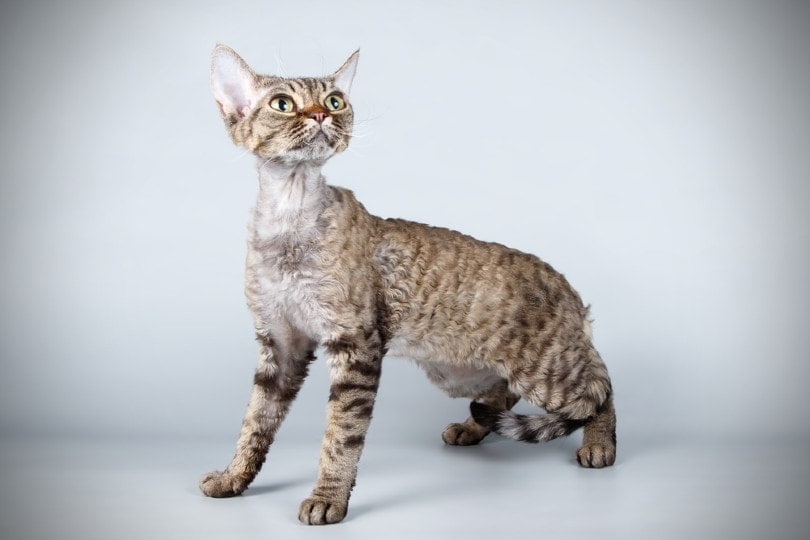
| Temperament: | Bold, social, active |
| Lifespan: | 10–15 years |
| Size: | Small to medium |
The Devon Rex is a unique cat with a distinctive head shape and a soft, curly coat. These cats are playful and bold. They require quite a bit of playtime every day and may become mischievous and rambunctious when bored.
They do not do well left alone all day and are better suited to homes where someone is home most of the time. When bored, Devon Rexes may turn to biting or misbehaving for attention. Keeping them entertained is essential to reduce behavioral issues and excess energy.
Conclusion
Choosing the right cat involves more than simply choosing one that you find aesthetically interesting. Some cats have substantial grooming or exercise requirements, which can lead to issues when their needs are not met. If you choose a high-energy breed that requires lots of playtime every day, but you work 12 hours a day, your cat is likely to end up bored and unhappy.
Choosing a cat that fits your routine and fits in with the people and other animals in the home will help you ensure that your new pet settles in well and doesn’t end up overly stressed by the transition to a new place. It will also help reduce behavioral issues you may encounter with a cat whose needs aren’t being met.
Featured Image Credit: Veera, Shutterstock

